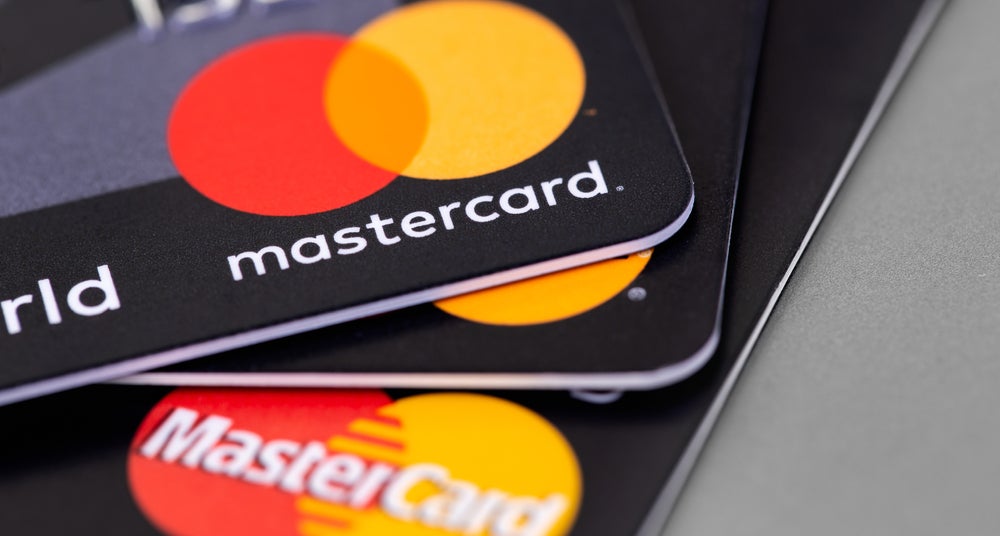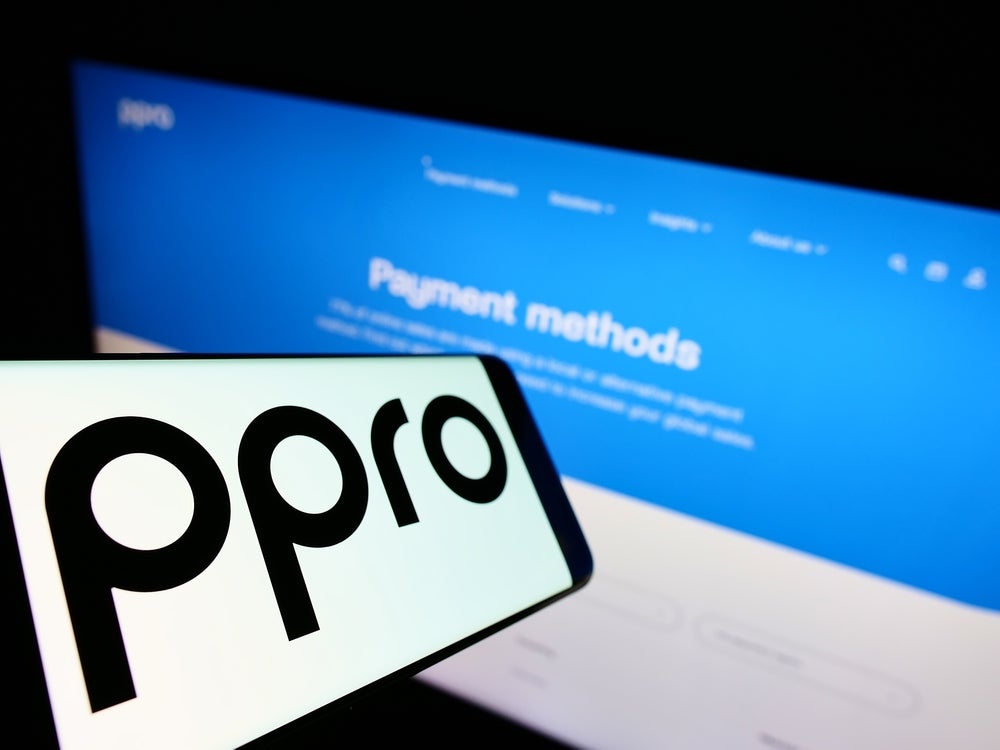Kenya’s payment card market is still very much in a developmental stage. The East African nation recorded a penetration rate of 30 cards per 100 individuals in 2017, and 16.0 transactions per card per year – figures lower than Kenya’s peers in the continent, including South Africa, Morocco and Egypt.
Overall, cash accounted for 88.4% of the total payment transaction volume in 2017. The low uptake of payment cards is a result of society’s dependence on cash, and limited acceptance of payment cards at merchant locations.
Advanced security features such as EMV are being adopted to encourage consumer adoption of payment cards. In addition, scheme providers have launched campaigns to raise overall consumer awareness of the security issues and benefits related to EMV chip cards.
Visa ran a Security Week programme in May 2015, and also launched a chip and PIN campaign in September 2014 to promote the security benefits of cards for everyday payments.
Similarly, Mastercard partnered with card processor Paynet in July 2013 to launch the Great Migration to EMV Chip initiative, which aimed to encourage consumers to switch from magnetic stripe to EMV-compliant cards.
The wide popularity and acceptance of mobile payment solutions such as M-Pesa and Pesapal have been major obstacles for payment card growth, as the solutions offer convenience and cost-effectiveness. Unlike banks, mobile payment solution providers offer their services to small merchants and charge lower processing fees, making them attractive to consumers.
How well do you really know your competitors?
Access the most comprehensive Company Profiles on the market, powered by GlobalData. Save hours of research. Gain competitive edge.

Thank you!
Your download email will arrive shortly
Not ready to buy yet? Download a free sample
We are confident about the unique quality of our Company Profiles. However, we want you to make the most beneficial decision for your business, so we offer a free sample that you can download by submitting the below form
By GlobalDataOverall, the Kenyan payment card transaction value at POS terminals recorded a subdued CAGR of 0.6% between 2013 and 2017.
The government has taken several initiatives to bring the unbanked population into the formal banking system, which in turn helps to promote card use. One initiative is the adoption of an agency banking model to provide financial access to individuals in remote areas.
In 2016, the government made it mandatory for all Kenyan individuals to complete a form if they deposit or withdraw more than KES1.0m ($10,000) in cash from a bank account. The aim of the move was to increase the traceability of bank transactions and boost electronic payments in the country.

M-Pesa remains popular
Card-based payments have grown marginally in the last five years due to the convenience and cost-efficiency of mobile-based retail payment solutions.
As of March 2017, M-Pesa had 27 million registered users in Kenya, as well as more than 136,000 agents and over 260,000 active retail outlets.
Mobile payment solution providers typically charge lower processing fees than other payment operators; for example, Safaricom charges merchants a 0.5% transaction processing fee on its Lipa Na M-Pesa service – much cheaper than the average merchant service charge for bank card payments.

Agency banking
All major banks in Kenya offer agency banking services, with an aim to improve financial inclusion in the country,
According to the Central Bank of Kenya, as of 30 June 2017, 60,102 agents from 18 commercial banks and five microfinance banks were active in the country.
Between June 2016 and June 2017, transactions undertaken by banking agents increased by 56.5% in value. Growth in Kenya’s banked population has led to a rise in overall debit card penetration in the country.
E-commerce growth
Kenya’s e-commerce market recorded a robust CAGR of 23.8% between 2013 and 2017, as a result of increased internet penetration and a growing middle class, as well as the presence of various mobile payment services. E-commerce growth has also been supported by the availability of solutions such as M-Pesa, PayPal, mVisa and JamboPay.
A number of companies have launched online payment solutions, with Chinese company Demart entering Kenya in May 2017 and I&M Bank’s Webpay platform enabling merchants to accept Visa and Mastercard for online purchases.

Prepaid card growth
Banks offer various customised prepaid cards to serve consumer segments such as students and salaried individuals.
In July 2016, Equity Bank launched a Mastercard-branded prepaid card for students at Maseno University. The card enables holders to receive loans from the Higher Education Loans Board, and to make fee payments, withdraw cash from ATMs, and make in-store payments. Card holders also have access to cash at ATMs, branches and Equity Bank agents.
In September 2015 Ecobank launched the Visa SalaryXpress prepaid card with chip-and-PIN technology. The card can be used to withdraw cash and make in-store and online payments.
Employers with arrangements with Ecobank can use the card to pay employees directly, allowing cardholders to receive salaries through the card without holding an Ecobank account.







